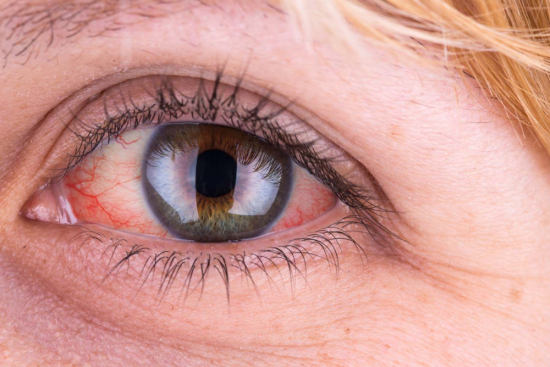Uveitis is an eye disease characterized by inflammation of the tissues inside the eye. These tissues, called the uvea, include the iris (the colored part of the eye),the ciliary body (involved in the production of ocular fluid) and the choroid (a layer rich in blood vessels).
If not treated promptly, uveitis can lead to serious complications and vision loss.








